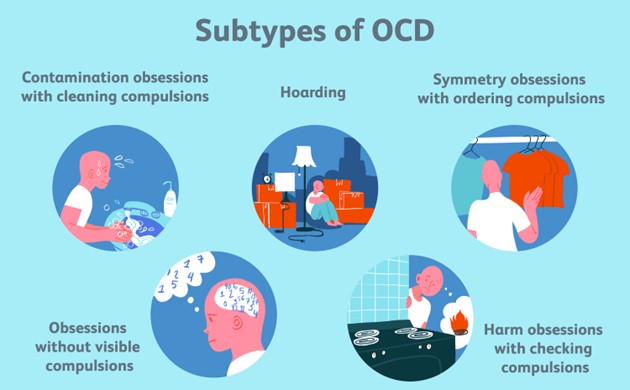A nurse is helping a client relieve stress through cognitive reframing. Which of the following actions by the client demonstrates effective use of cognitive reframing?
The client imagines being in a quiet, relaxing environment.
The client trains his mind to relax by using deep inner resources.
The client learns to change negative thoughts into positive statements.
The client learns the source of his stress by writing down daily events.
The Correct Answer is C
"The client learns to change negative thoughts into positive statements." This demonstrates the effective use of cognitive reframing, which involves changing negative thoughts into positive self-talk. This strategy can help to reduce stress and improve coping skills.
Choice A, "The client imagines being in a quiet, relaxing environment," is not an example of cognitive reframing, but rather an example of visualization, which can also be useful in reducing stress.
Choice B, "The client trains his mind to relax by using deep inner resources," is not an example of cognitive reframing, but rather an example of relaxation training.
Choice D, "The client learns the source of his stress by writing down daily events," is not an example of cognitive reframing, but rather an example of stress management through self-reflection.
Nursing Test Bank
Naxlex Comprehensive Predictor Exams
Related Questions
Correct Answer is ["A","B","C","E"]
Explanation
The elderly tend to heal more slowly which can delay wound healing and increase the risk of infection. The elderly person has a greater proportion of body surface area per amount of body mass which increases the amount of skin available for injury, and thus the severity of the burn. The elderly person has less physiological reserves which makes it more difficult for the body to respond to injury and stress. Elderly patients have comorbidities such as diabetes, cardiovascular disease, and respiratory disease that can impair the body's ability to heal and increase the risk of complications. Elderly patients do not typically have thicker skin as it thins with age.
Correct Answer is A
Explanation
As clients with obsessive-compulsive disorder (OCD) often demonstrate repetitive behaviors to decrease anxiety. Cleaning or other repetitive behaviors help the client with OCD to cope with their anxiety by providing a sense of control over their environment.
 Choice B, the client's wish to decrease the time available for interaction with others, is not a characteristic of OCD and does not explain the client's behavior. Choice C, the client's unconscious need to manipulate others, is a personality trait that is not associated with OCD.
Choice B, the client's wish to decrease the time available for interaction with others, is not a characteristic of OCD and does not explain the client's behavior. Choice C, the client's unconscious need to manipulate others, is a personality trait that is not associated with OCD.
Choice D, the client's delusion that cleaning is necessary, is not an accurate explanation for the behavior in this situation as the client is aware of their excessive cleaning behavior and it is not a delusion. The repetitive behavior is related to the client's anxiety, not a delusional belief.
Whether you are a student looking to ace your exams or a practicing nurse seeking to enhance your expertise , our nursing education contents will empower you with the confidence and competence to make a difference in the lives of patients and become a respected leader in the healthcare field.
Visit Naxlex, invest in your future and unlock endless possibilities with our unparalleled nursing education contents today
Report Wrong Answer on the Current Question
Do you disagree with the answer? If yes, what is your expected answer? Explain.
Kindly be descriptive with the issue you are facing.
